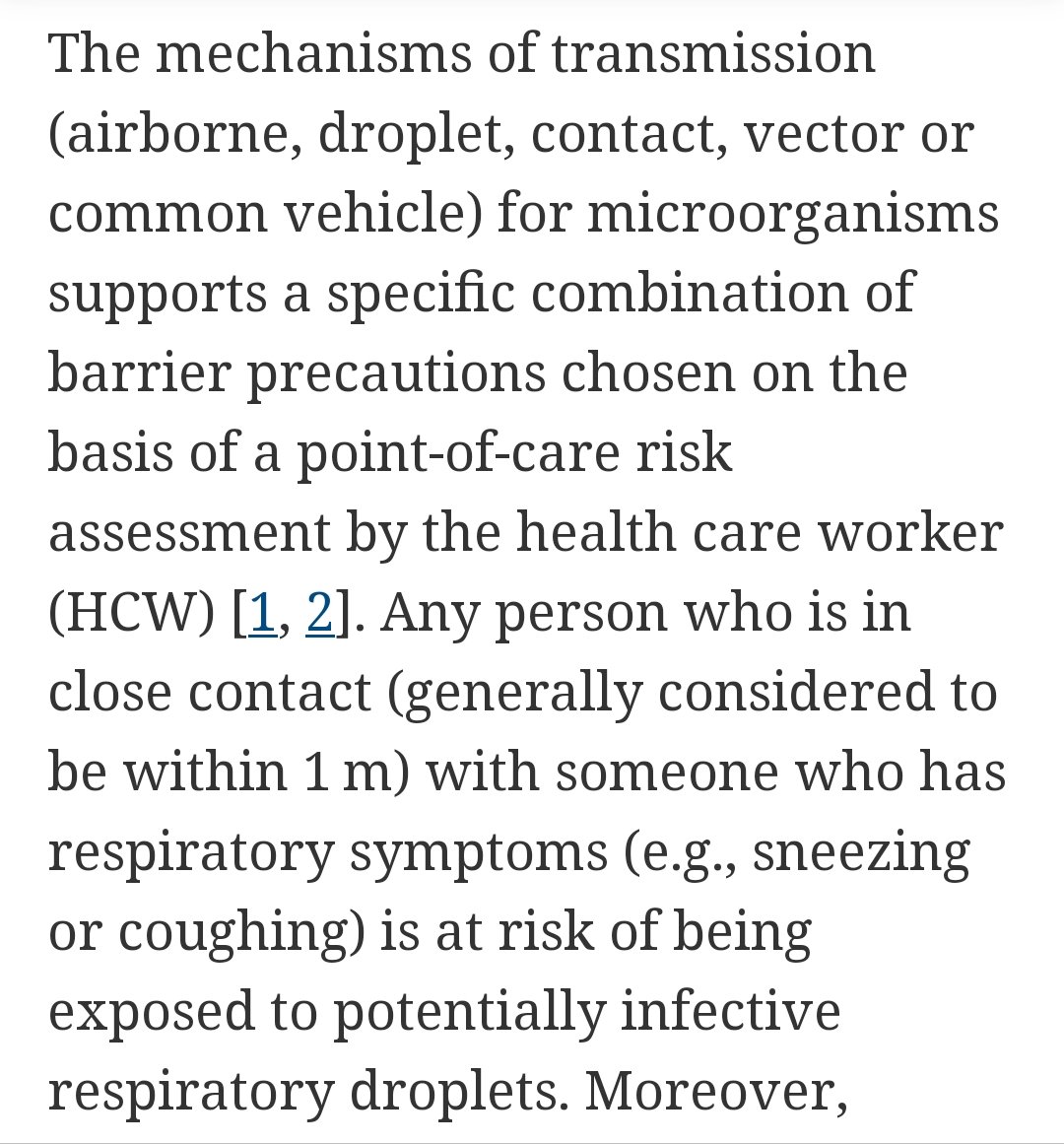All of that smoke you see your neighbors breathing in, but not you because of your #CorsiRosenthalBox and N95s?
Is made up tiny particles called Airborne Fine Particles - or AFPs.
And AFPs work SYNERGISTICALLY with viruses to worsen infections.
A synergistic 🧵.
Is made up tiny particles called Airborne Fine Particles - or AFPs.
And AFPs work SYNERGISTICALLY with viruses to worsen infections.
A synergistic 🧵.

H/T @sri_srikrishna for the study.
science.org/doi/10.1126/sc…
Right off the bat, we already know that pollution makes Covid worse.
First pic:
scholar.google.com/scholar_lookup…
Second pic:
ehp.niehs.nih.gov/doi/full/10.12…
But why?

science.org/doi/10.1126/sc…
Right off the bat, we already know that pollution makes Covid worse.
First pic:
scholar.google.com/scholar_lookup…
Second pic:
ehp.niehs.nih.gov/doi/full/10.12…
But why?


So, they came up with AFPs, like:
✅ ⚠️ Biochar particles like from wildfires. ⚠️
✅ From the atmospheric environment - PM 2.5.
✅Dust particles with silicon.
✅ Carbon black particles like what you breathe in every day on your drive home.
✅ ⚠️ Biochar particles like from wildfires. ⚠️
✅ From the atmospheric environment - PM 2.5.
✅Dust particles with silicon.
✅ Carbon black particles like what you breathe in every day on your drive home.

All 4 of them "...were found to reinforce virus uptake, replication, and release, and to drive viral transport to extrapulmonary organs including the liver, spleen, and kidney."
But PM 2.5,from the atmosphere was the worst.
But PM 2.5,from the atmosphere was the worst.

Interestingly, the TYPE of air pollution drove where the viruses accumulated the most.
The turbinate of the nasal cavity from exposure to virus-laden carbon black.
Lung alveoli for the PM 2.5, dust, and Biochar from the forest fires.
Crazy, right?

The turbinate of the nasal cavity from exposure to virus-laden carbon black.
Lung alveoli for the PM 2.5, dust, and Biochar from the forest fires.
Crazy, right?


@dbdugger will be interested in the SIGNIFICANT reduction of lymphocyte count with AFP borne viruses. 

As a follow-up area needing more investigation....
Do AFPs drive more LongCovid?
Do AFPs drive more LongCovid?
• • •
Missing some Tweet in this thread? You can try to
force a refresh

 Read on Twitter
Read on Twitter












